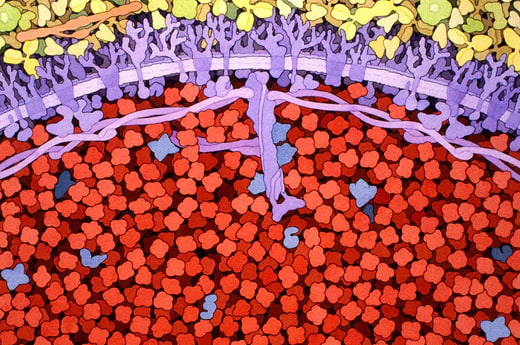Your Cart is Empty
- Shop Explore The Endless Possibilities of OvaEasy Discover Recipes
- Recipes
- Our Story

Take a look at the protein you take, do you see individual amino acids listed in the ingredient statement? If you see
Some companies are abusing an FDA loophole that lets them add cheap, filler amino acids, and count that towards the total protein. The problem is amino acids like taurine aren't used to build muscle, they may have other uses but muscle nutrition isn't one of them.
A protein powder may list 24g of protein per serving for example, but if you see added taurine, you have no idea how much of those 24g is taurine. What's proven to work is true, dietary protein. Real dietary protein, like egg white, has the full complement of amino acids in the right proportions for your body to use to repair muscle.
Protein naturally has some taurine and glycine in it, but adding more is just a way to inflate the apparent protein content, without actually giving you real protein.
Sounds appealing eh? Is that what you paid for when you bought your whey protein powder? Real protein is a natural product derived from animals or plants, not a laboratory somewhere in China. Companies use those amino acids precisely because they're cheaper than real protein.
But how can they be cheaper than real protein and still work? They can't. Real dietary protein comes from natural sources, not chemical labs.
Creatine has a lot of uses, but not in protein powder. Creatine has several nitrogen bonds. The only legally accepted protein test works by measuring the amount of nitrogen, which is totally thrown off by the presence of creatine. If you want creatine, take pure creatine when you need it. But don't buy any protein powder with creatine in it, because you'll have no way of knowing how much protein is really in there.
Peptides are another sneaky way to add cheap filler amino acids, and make it look like it's protein. Be suspicious of any protein powder that lists glutamine peptides.
The big problem is that those extra amino acids will appear as protein in a lab test. So even if the company shows you a lab test to prove the protein content that's in it, you'll have no idea if that protein is real dietary protein.
Your body needs a certain set of amino acids in the right proportions. That's what we evolved to eat, not enormous amounts of individual amino acids.
It should be simple. If it's whey protein it should read "Whey protein isolate" and then a handful of flavor ingredients. Perhaps a 'whey protein concentrate' is OK, as long as there's no other protein listed, because then they'd have to use an 80% pure concentrate.
Stay away from blends of different types of whey, there's no need for that. If they're using quality whey, you don't need to blend anything else in.
An egg protein should read "dried egg white" and a handful of flavors. We also add a vitamin and mineral package to our egg white protein, which is listed after the flavors.
For a detailed look at this problem, check out Price Plow. They wrote up an excellent and detailed explanation.